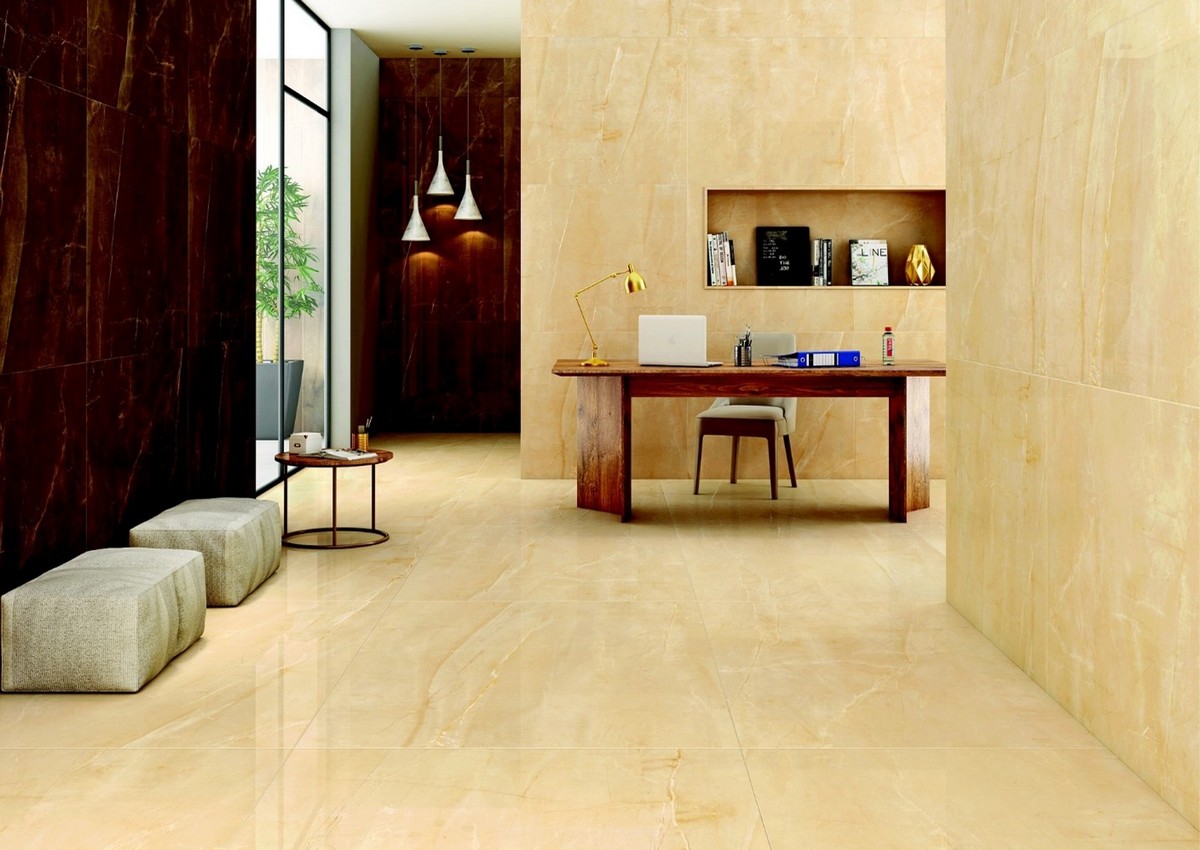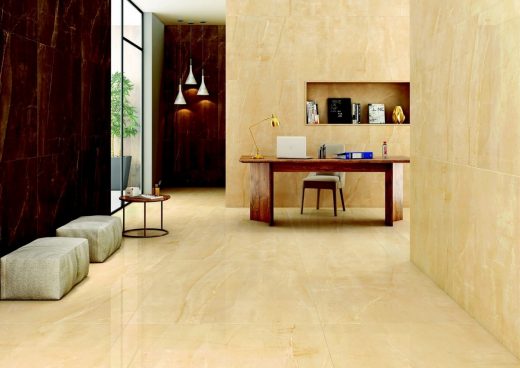5 Trends in modern architecture tips, Building design guide, New architectural style advice
5 Trends in Modern Architecture
24 May 2021
In architecture, just like in fashion, new trends appear every season. Except that the seasons in the construction industry do not change twice a year, but much less frequently. In this article, Steve O’Neil, one of papers writers, will tell what is in vogue with architects today and what is the main trends.
5 Trends in Modern Architecture List
Simple is enough
The task of the house is to meet the needs of the inhabitant. The mission of the architect is to concentrate on the study of the house. Everything else is secondary.
Simple forms and materials can say more than stucco and pediments. The benchmark in structural minimalism is the work of the Spanish studio Fran Silvestre Arquitectos.
The famous house on a rock near Valencia is a contrast of volumes, plans, structures. With the help of clean geometry, monolithic systems, and technological solutions, the architects “tamed” the wild mountainous terrain. The house respects nature and takes its form. The design is discreet, without any excesses. The general asymmetry is created by the three blocks displaced vertically. The interior and exterior are done in white, which emphasizes the austerity of the building and makes it holistic.
Authenticity
The best architect is time. It gives materials a second skin, provides the building with authenticity, which cannot be bought or faked.
The trend to transform architectural objects in the market for a long time. An example to be admired is the Kanaal project by the Belgian architect Axel Verwoerd. He has transformed an old factory into a “city”: grain elevators have given apartments and spacious workshops to offices and galleries.
If we describe the project in two words – it is authenticity and scale.
New technologies and materials underlined the historical heritage, revealed the character of the premises, and preserved the valuable features of the time.
Despite the massiveness, the mood of the architecture is calm. At the same time to create such “simplicity” requires an incredible amount of effort.
Naturalness
Speed is a characteristic feature of modernity. The place where people can distract themselves from external circumstances and find emotional stability is nature. Architects are trying to make it closer. We see green roofs and trees growing inside houses.
Zen gardens – green oases with trees and stones in modern technological buildings – are increasingly taking root. The unusual phenomenon is associated with the name of Japanese landscape designer Shunmio Masuno. This man turned the garden into a philosophy – an abode for the mind, a place of internal dialogue. The garden is seen not as an addition to the architecture but as a component of it.
An important feature of Zen gardens is orderliness. Everything has its purpose and place. This is the only way to achieve an atmosphere of detachment and meditation. There is often no entrance to the garden; one contemplates it from outside, for example, through a room’s glass walls in the office.
Air and light
Open spaces, natural light, lightness of glass forms are trends in the world of architecture that will never go away.
Add the conceptual approach, and you get an excellent result.
SANAA has been proving this for years. In its objects, the Japanese studio plays on forms. There are curved glass plates from floor to ceiling and serpentine roofs on thin supports.
New York’s famous MoMA changes depending on the point of view thanks to the layering of volumes. In the exterior of a complex structure, there is usually a minimum of representational means. The exterior shell should not detract from the content. The buildings are not aggressive to the landscape. On the contrary – they merge with it.
New and old materials
In this area, the architectural world is developing rapidly. Innovative materials that focus on sustainability and cost reduction are emerging. New opportunities are opening up and configurations of old-timers in the market.
Today’s favorites are concrete, steel, glass, and wood. These four are like a universal code used by architects around the world.
The choice of material results from the interaction of different factors: customer preferences, climate, urban planning, etc.
One of the popular materials now is concrete. It isn’t easy to compete with it in strength and durability. Many people are intimidated by the simplicity of the material, but this is only an appearance. Ordinary concrete boxes can be turned into a true masterpiece by correctly placing accents – on the contrast of volumes or non-standard arrangement.
The monotony of the material makes it omnivorous in terms of combinations. The boldest options will be appropriate here. You can also choose classics, such as concrete and steel – it’s always a win-win option.
Glass is a tool the architect uses to control light and neutralize the heaviness of the building. Glass doors, partitions, and large floor-to-ceiling windows erase the boundaries of a building, expanding the space.
Wood structures bring architecture and nature closer together. Wood suits country houses, where the whole family gathers on weekends. It is a hot material, which evokes a pleasant tactile and visual sensation.
Comments on this 5 Trends in Modern Architecture help article are welcome.
Architectural Design
Architecture Design
Building Articles
Residential Architecture
Comments / photos for the 5 Trends in Modern Architecture advice page welcome






